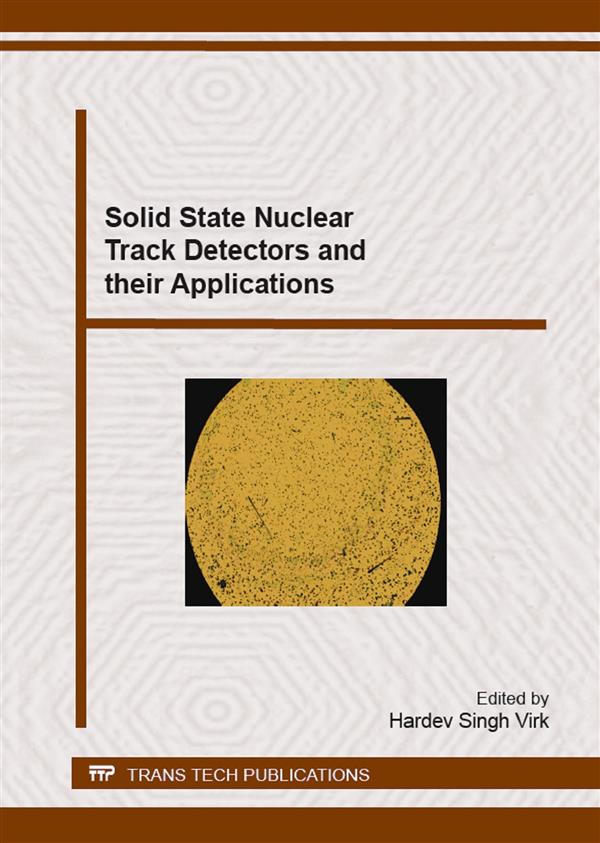Engineering Research
Materials Science
Engineering Series
Solid State Nuclear Track Detectors and their Applications
Description:
Purchase this book:
Info:
Review from Ringgold Inc., ProtoView:
Editor Hardev Singh Virk presents students, academics, researchers, and professionals working in a wide variety of contexts with a collection of invited peer reviewed academic papers and scholarly articles focused on solid-state nuclear track detectors and a wide variety of their applications. The contributions that make up the main body of the text are devoted to neutron spectrometry and dosimetry using CR-39 detectors, radon research in Poland, optically stimulated luminescence dosimetry, heavy ion range measurements in SSNTD materials, and a wide variety of other related subjects.
Ringgold Subjects:
— Materials science
— Nuclear engineering
— Physics

